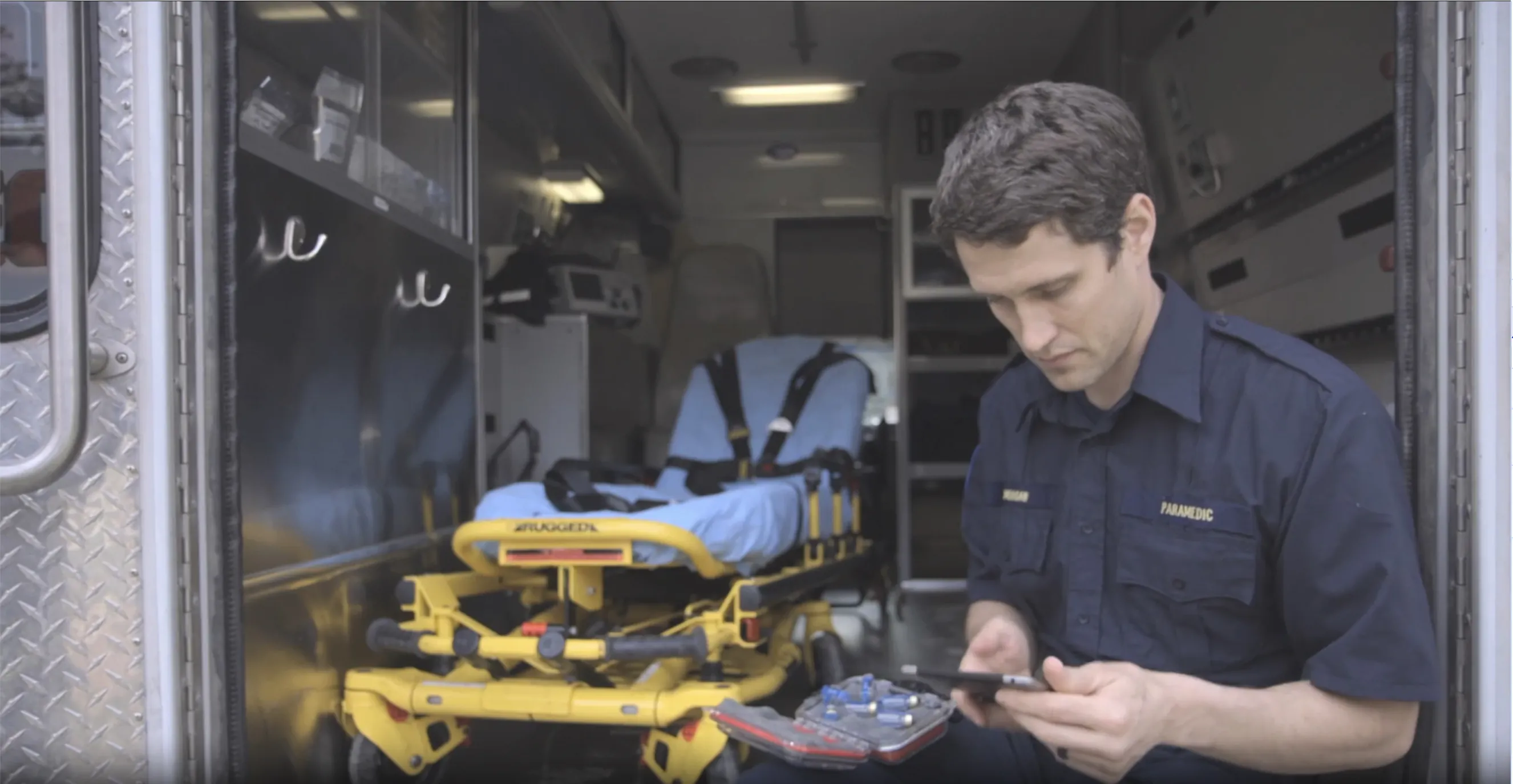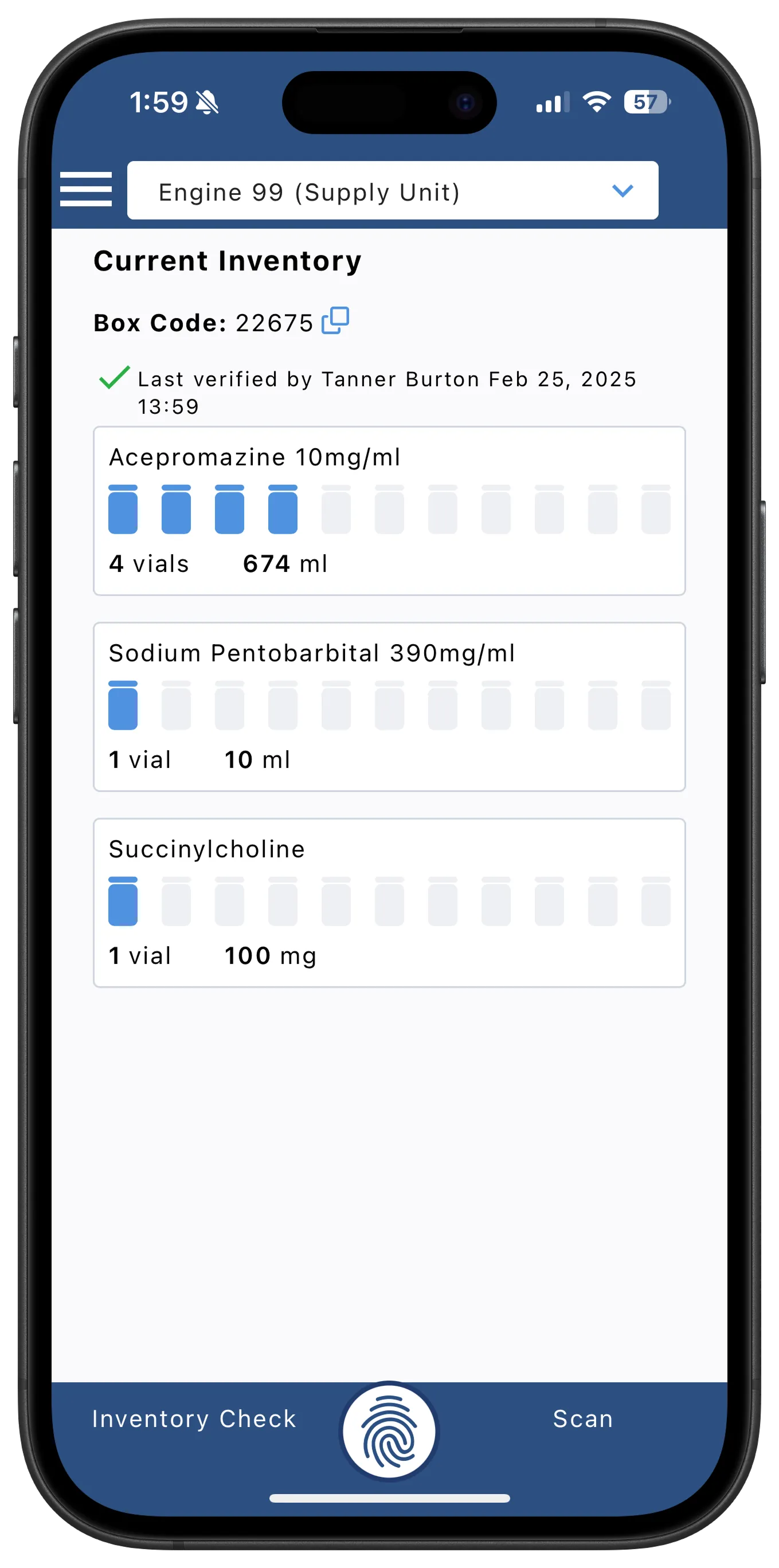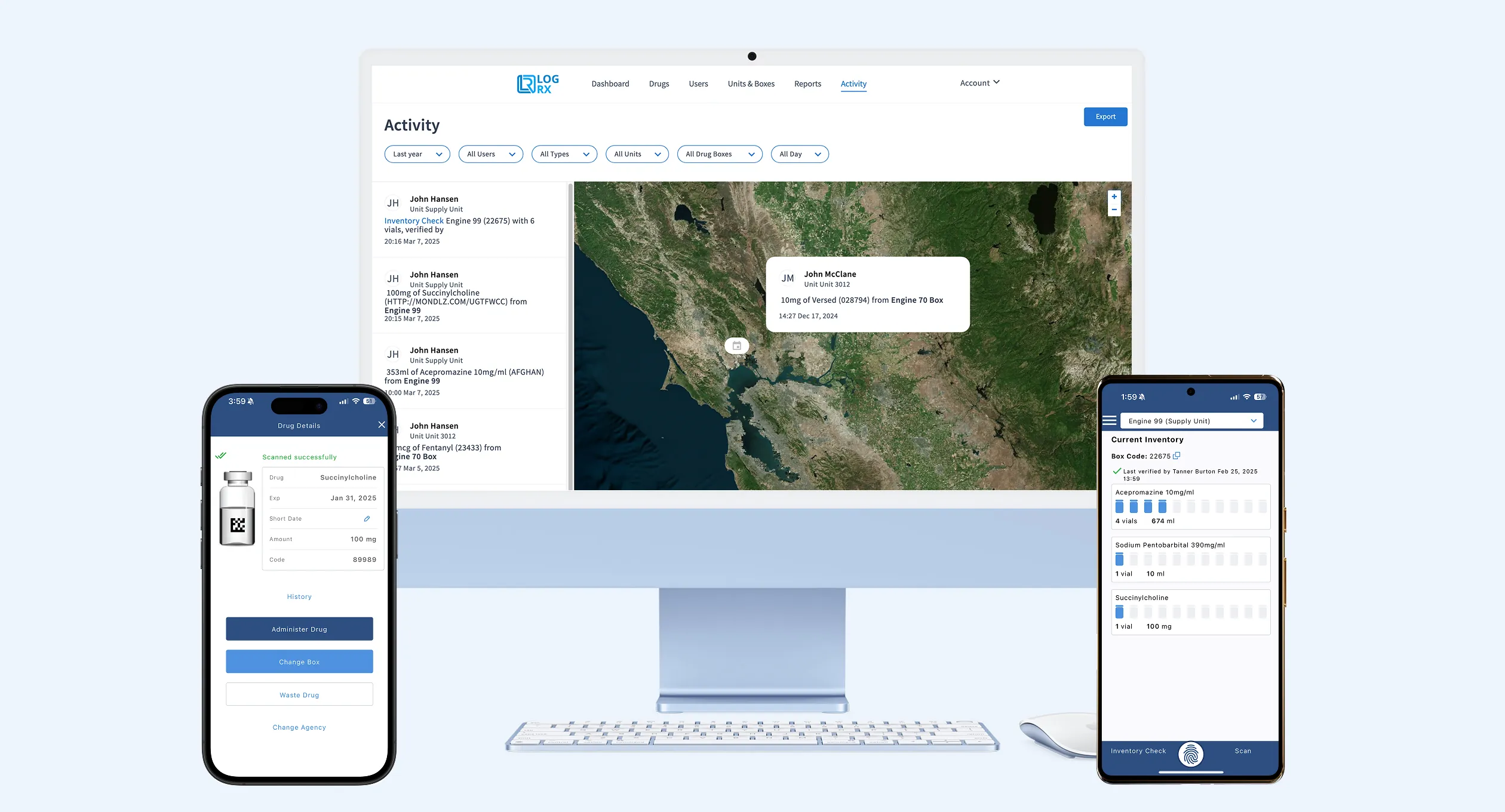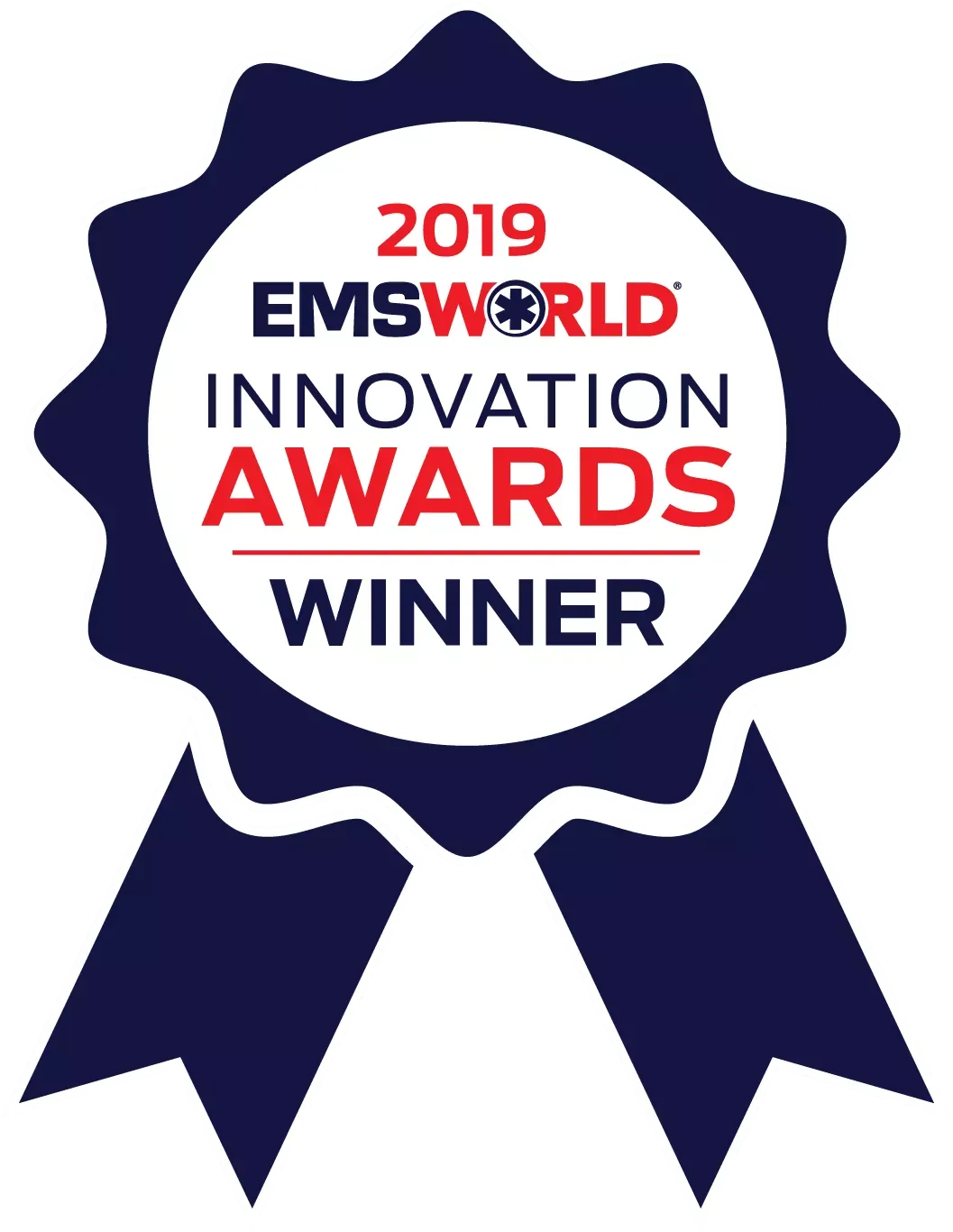Get Started With No Risk
No need to purchase new hardware.
You can leave at any point. No strings attached.

Inventory
Compliance
Reporting
Audits
Starting is easy. No contract required.


Portland Fire & Rescue
"We have been using LogRx for almost a year and the decrease in administrative work load has been truly amazing! It is now easier to comply with DEA regulations and easier to track and replace expiring or recalled medications."
Matt Gibson, Elite EMS (United Kingdom) Clinical Lead & General Manager
"LogRx enables Elite EMS to demonstrate our innovation in medicines management and has certainly been recognised as good practice which goes above and beyond normal working practices. It allows Elite to strengthen our already robust systems and eventually move across to a paperless environmentally friendly medicines management."
Kimberly Lacina, ARNP-C
"Reports are easy to run and customer support is always available and willing to help with any questions or special requests. Definitely my recommendation when it comes to controlled substance electronic tracking programs."
James Purkey, Morristown Hamblen EMS
"Our team loves LogRx! The convenience of it for our medics and for me is unbelievable. We are extremely happy with everything. Any problems we've had have been user error and simple to fix."
Heartland Medical Direction
"As the medical director for 20 agencies, tracking narcotics had become an onerous task. LogRx has made that process very simple and also makes our compliance with our state agencies much better."
Longview Fire Department
"Our last controlled medication audit was the easiest we have ever experienced. The medical program director and his staff said that they had not seen a better system in place for tracking the procurement, storage, and disposition of controlled medications. What used to be a tedious process is now reduced to a few mouse clicks on LogRx."



Get Started With No Risk
